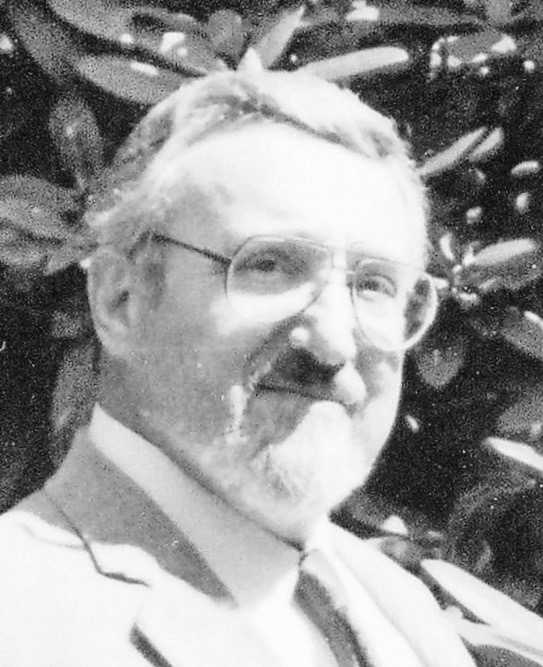Equilibration

Joseph Nolen (1994)
The secret of the Great Work is Equilibration! I wonder how many have pondered the meaning of this statement as I did when I first encountered it. As the King of Siam said, “It’s a puzzlement!” Its meaning is felt but not perceived clearly. Since I first read it thirty-one years ago, more and more of its profound significance has seeped into my unconsciousness. Here lies a mysterious and wonderful principle we encounter on the Path, whenever we stumble over a n inadequately understood principle, it is like a door that is left open in our consciousness and any pertinent information that applies to this mystery that happens to be passing is drawn in. Our grasp seems to increase in increments, sometimes small and sometimes large. I have noticed that my pillow seems to contain almost an unlimited number of these valuable increments.
In the Tarot, we see the first evidence of this primary teaching device of the Life Force in the checkered floor of Key 5, suggesting that alternation of experience and expression brings about the unfolding of consciousness. We do not invent our own areas of unbalance, we are given those propensities in special fields to solve their mystery (to become aware of) by the Inner Teacher, whose project we are.
The problems that we encounter due to our excesses inexorably focuses our attention on our motives. “Why am I doing this? I know v e y well I am hurting myself and those who love me. WHY?” Thus our unbalance forces us to become the observer, which is our real nature as the Magician, Key 1. That is the beginning of “Of myself, I do nothing.”
Life keeps bringing us back to expressing from the middle pillar of mildness or balance from ours wings in positive and negative excesses. Yes, I said positive excesses. Can such a thing be? Without the balance of its opposite, yea verily. ”Love without severity and justice is but weakness.” Every interaction we have with others involves a choice of attitudes, loving support or sternness in correction Geburah and Gedulah. The anguish and uncertainty of our choices in time brings us wisdom and detachment. The middle pillar is never perfectly expressed without a measure of the right and left pillars being present.
Man is an addictive entity and this v e y proneness to addiction leads to self-awareness. We view addiction with guilt and as weakness but it produces some divine qualities in those who have matured under its pressures and express more from the middle pillar. Who takes care of druggies and drunks but ex-addicts. Our daily lives are a constant struggle with addictive choices in eating, drinking, doing drugs, working and avoiding work, power over others, escape from boredom, watching or not watching TV, reading, sex, spiritual pursuits and practices. How wonderfully ironic that the vey things we dislike about ourselves lead us to true Self- realization. It is said that some souls explore the extreme limits of these addictive choices so that their experience goes into the mass consciousness and mercifully, all do not have to experience the pain resulting from such extreme expressions. The mass experiential need for a Hitler or a Caligula is thus reduced.
Man’s great evolutionary urge is to increase self-conscious awareness, which inevitably leads to a change of identity, from the Self thinking of Itself as a personality to its true universal Identity. The pressures resulting from unbalance are the primary forces of this evolutionary change. Do we need to seek unbalance in order to evolve? We do not! Sufficient unto the day are the disequilibriums thereof. What is our need then, as spiritual aspirants, regarding this great principle? Our need is to contemplate this incredible principle of equilibration as being the secret and force behind the Great Work. In time this will infuse our consciousness with its reality and rectify all our interaction with Self and others. The final result of the work of Equilibration is the new Being, expressing the central pillar, as seen in Key 20.
